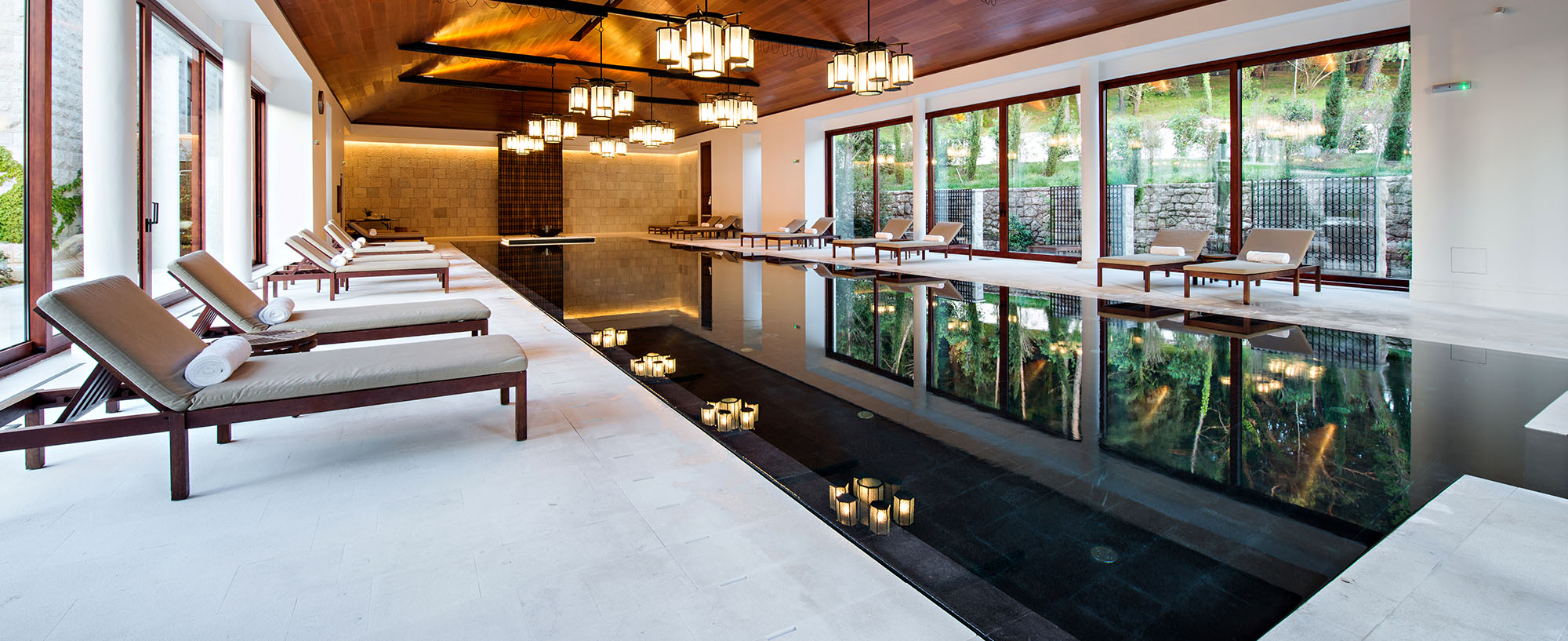Indoor pools, or natatoriums, provide a year-round opportunity for recreational and competitive swimming. However, ensuring the safety and comfort of occupants in these enclosed spaces requires vigilant attention to air quality. Poor air quality in indoor pools can result in health issues, discomfort, and damage to the facility.
Air Quality Standards for Indoor Pools and Natatoriums
Several organizations, such as the American Society of Heating, Refrigerating, and Air Conditioning Engineers (ASHRAE) and the World Health Organization (WHO), have established guidelines to ensure safe air quality in indoor swimming facilities. The primary concern is the presence of chloramines, which are formed when chlorine reacts with organic substances, such as sweat and urine, in the water. High levels of chloramines can lead to respiratory and eye irritation, as well as other health problems.
ASHRAE Standard 62.1-2019 specifies ventilation rates for indoor pools based on the pool area, occupancy, and water surface area. The standard emphasizes the importance of effective ventilation to remove contaminants and maintain acceptable indoor air quality. Additionally, maintaining proper water chemistry, including chlorine levels and pH, is crucial to minimizing the formation of chloramines.
ASHRAE recommends:
- 4-6 volumetric air changes per hour in a regular natatorium
- 6-8 volumetric air changes per hour in spectator areas
A quick calculation will determine the supply air requirement:
Supply air required (CFM) = room volume (ft3) x desired air changes / 60
The room volume determines the amount of supply air a space requires.
How to Maintain Safe Air Quality in Indoor Pools and Natatoriums
Effective Ventilation Systems
Investing in a high-quality ventilation system is paramount for maintaining safe air quality in an indoor pool. The system should be designed to provide sufficient air exchange rates, removing contaminants and controlling humidity levels. Regular maintenance and inspection of ventilation equipment are essential to ensure optimal performance.
Proper Pool Water Treatment
Maintaining proper water chemistry is a key factor in preventing the formation of chloramines. Regular testing and adjustment of chlorine levels, pH, and other water parameters are crucial. Advanced water treatment technologies, such as UV (ultraviolet) or ozone systems, can be employed to supplement traditional chlorine disinfection and reduce the formation of harmful byproducts.
Encourage Showering Before Swimming
Establish and enforce a policy encouraging patrons to shower before entering the pool. This helps minimize the introduction of organic contaminants into the water, reducing the load on the pool’s disinfection systems.
Routine Cleaning and Maintenance
Regular cleaning of pool surfaces, surrounding areas, and ventilation ducts is essential for preventing the accumulation of dust, debris, and other contaminants. Proper maintenance of air-handling units, filters, and exhaust systems is crucial to ensure their efficiency.
Monitor Indoor Air Quality
Utilize air quality monitoring systems to continuously assess the levels of chloramines, humidity, and other pollutants in the indoor pool environment. Real-time monitoring allows for prompt identification of potential issues, enabling timely corrective actions.
Occupancy Management
Limit the number of occupants based on the pool area and ventilation capacity to prevent overcrowding. Adequate spacing between swimmers helps minimize the buildup of contaminants in the air.
Educate Staff and Patrons
Provide education and training to staff and pool users on the importance of maintaining good hygiene, the potential risks associated with poor air quality, and adherence to pool rules. Informed users are more likely to contribute to a healthy and safe swimming environment.
Maintaining safe air quality in indoor pools is crucial for the well-being of occupants and the longevity of the facility. Adhering to established standards, investing in effective ventilation systems, and implementing proactive maintenance and monitoring strategies are key components of a comprehensive approach to indoor pool air quality management. By adopting these measures, natatorium operators can create a safer and more enjoyable swimming environment for everyone.
Looking to install a new indoor pool dehumidifier or replace an existing unit? Contact Seresco today to find the right dehumidification solution for your indoor pool or natatorium.
